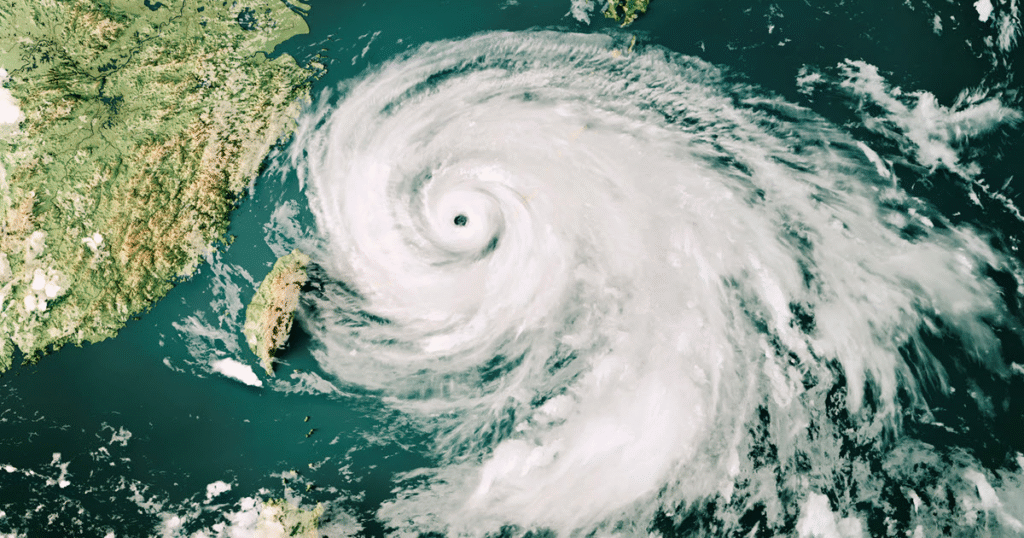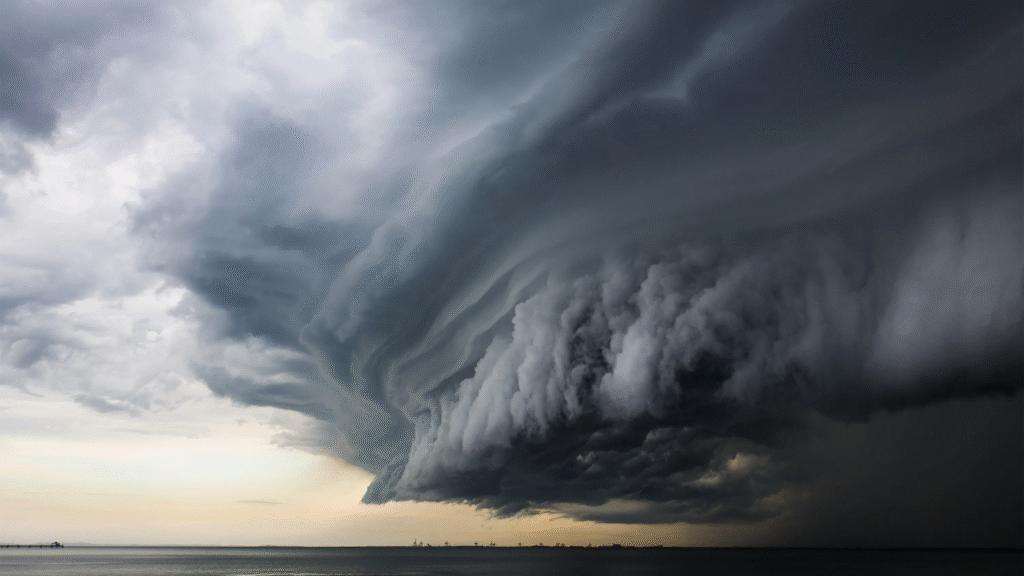Microsoft created a smart AI named Aurora that can guess when big storms will hit, how bad air pollution will get, and even where sandstorms might happen. This AI learned from millions of hours of weather data, including old storms and satellite pictures. Now it helps people prepare for disasters faster and cheaper than older systems.

How Aurora AI Works
Aurora works like a super smart student. First, it studies lots of weather information from the past. Then it practices guessing what will happen next. After learning, it can answer questions like “Where will the typhoon go?” or “Will tomorrow’s air be safe to breathe?”
The AI has three main parts:
- A part that reads weather maps and satellite photos.
- A brain that thinks about how the weather changes.
- A part that explains its guesses in simple maps and reports.
This lets Aurora predict things in seconds instead of hours. Old systems need giant computers, but Aurora runs on regular ones.
Aurora’s Big Wins Saving Lives
Stopping Typhoon Surprises
In 2023, Aurora correctly said Typhoon Doksuri would hit the Philippines four days early. Other experts thought it would hit Taiwan. This gave people extra time to evacuate.
Beating the Weather Experts
Aurora guessed hurricane paths better than the U.S. National Hurricane Center in 2022. It also predicted a huge sandstorm in Iraq one day before it buried cars and houses in dust.
Cheap Forecasts for Everyone
Old weather predictions cost millions of dollars. Aurora can make the same guesses for less than a dollar. Microsoft even shared Aurora’s code for free so scientists worldwide can use it.
How Aurora Helps You Right Now
Microsoft added Aurora to the MSN Weather app. It now gives hourly updates about clouds, rain, and air quality. Farmers use it to plan crop seasons. Cities check it to warn about bad air days.
A Real Life Example
When fishermen in Japan heard Aurora’s wave warnings before Typhoon Nanmadol, they stayed ashore. The AI was 86% right about wave heights saving boats and lives.
Problems Aurora Still Faces
Aurora is not perfect. It struggles to guess if ozone levels are high in the sky or if there are sudden pollution spikes. It also needs more practice with rare events like never-before-seen mega storms.
Microsoft says Aurora is a helper, not a replacement for human experts. They plan to feed it live satellite data soon so it can track wildfires or floods as they happen.

What This Means for the Future
Aurora could change how we handle climate disasters. Small countries can now afford good weather forecasts. Towns might avoid water shortages by predicting droughts early. As one Microsoft scientist said, “This is about giving everyone the tools to face a changing planet.”





